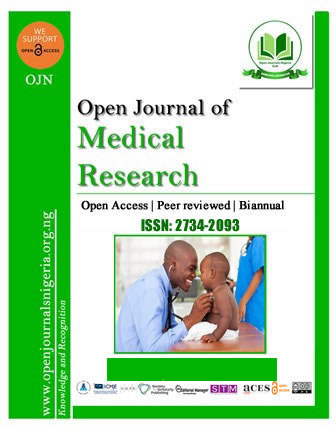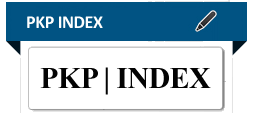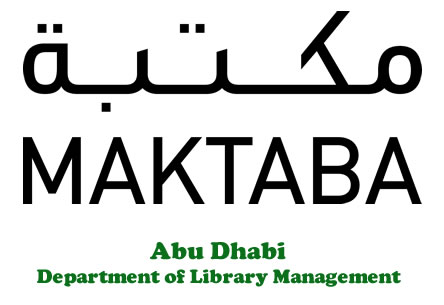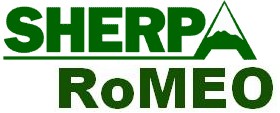KNOWLEDGE AND PRACTICES OF HEALTHCARE WORKERS ON ARBOVIRAL INFECTIONS AND DIAGNOSTICS APPROACH IN OGUN STATE, SOUTHWEST NIGERIA
DOI:
https://doi.org/10.52417/ojmr.v5i2.661Abstract
Arboviral infections pose significant public health challenges in tropical and subtropical regions like Nigeria. However, these diseases are often undetected by healthcare workers (HCWs) due to the similarity in the presentation to other febrile illnesses like malaria. This study assessed the knowledge and diagnostic practices of HCWs on arboviral infections in Ogun State. A cross-sectional study was conducted among HCWs in few secondary and tertiary health facilities in Ogun State from October 2022 to September 2023. A semi-structured questionnaire was administered to collect data on sociodemographic characteristics, knowledge of arboviral infections, and diagnostic practices. Stata was used to analyze the data at a 5% level of significance. Of the 96 participants included in the study, 59.4% were female, and 40.0% were ≥35 years old. Nurses constituted the largest cadre (41.7%) while medical doctors (24.0%) were the least represented. Most respondents (68.8%) had never heard of arboviral infections, and 81.3% demonstrated poor knowledge about arboviral infections and diagnosis. Only 6.3% of HCWs had previously suspected or diagnosed an arboviral infection, with clinical diagnosis being more common (66.7%) than laboratory testing (33.3%). Notably, 92.7% of all respondents had no prior training in arboviral infection diagnosis. Good knowledge and previous training received were significantly associated with the diagnosis of arboviral infections among HCWs (p<.05). There is a gap in the knowledge and diagnostic practices of HCWs in the detection of arboviral infections in Ogun State. Thus, comprehensive training programs may be significant in improving awareness, and diagnostic capabilities and enhancing prompt detection and management of arboviral infections in Ogun state.
Published
How to Cite
Issue
Section
Copyright (c) 2024 Ipadeola et al.

This work is licensed under a Creative Commons Attribution 4.0 International License.





















